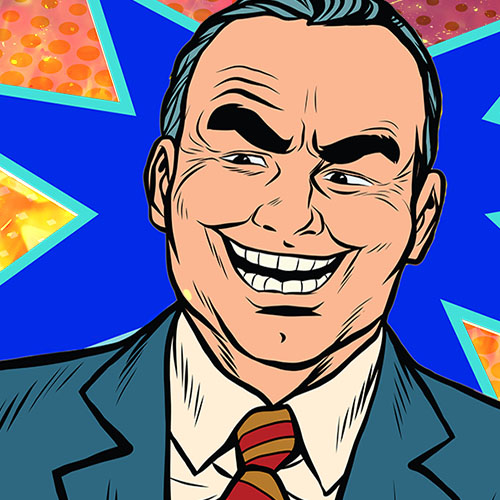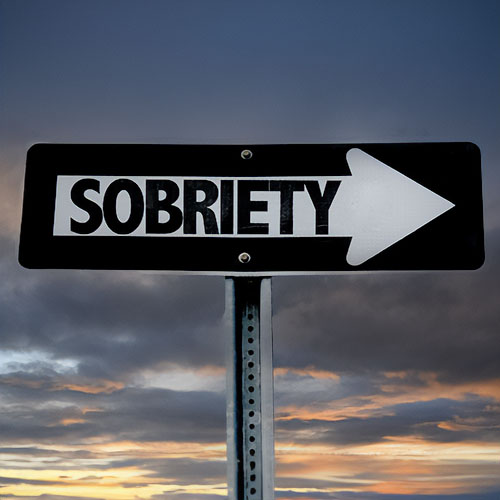Latest from Penthouse
Pop Culture
Tahlia … Pet of the Year 2023
Knowing that Tahlia Paris has won Penthouse Pet of the Year for 2023 could be useful. Knowing how she found out requires Renee Olstead … and Xena.

Penthouse Legacy

Steve Martin
When an interviewer really knows the artist, as would be here the case with Emily Prager and Steve Martin, everyone gains unusual insights. We love that.

Sexual Dysfunction
High on the list of uncomfortable topics must be discussing Sexual Dysfunction. Yet without open conversation, we cannot ever improve our lives.






 Penthouse Erudition
Penthouse Erudition







































